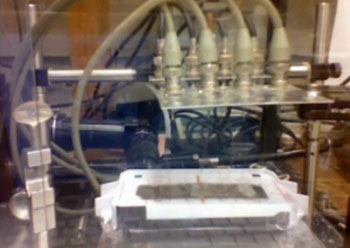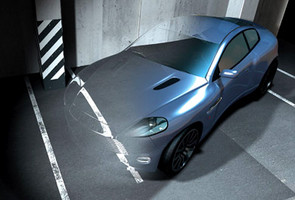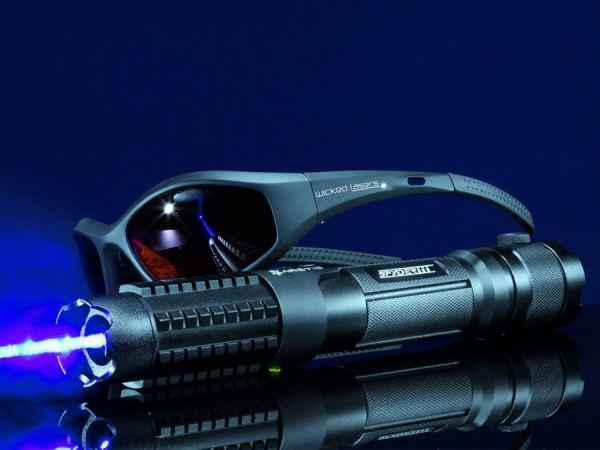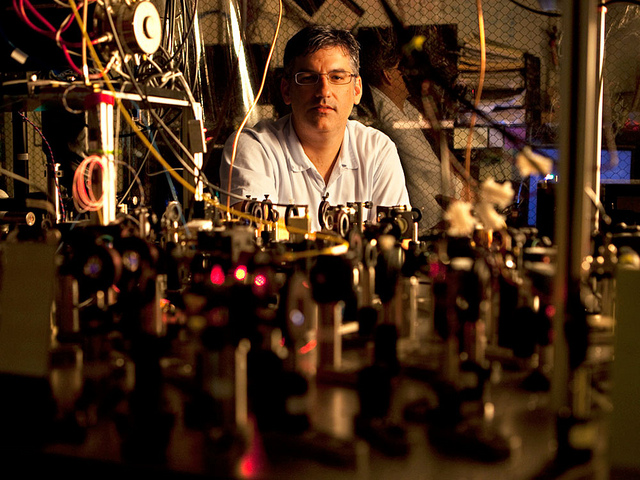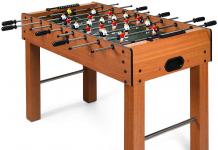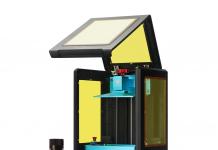The gadgets and gizmos featured in futuristic works of fiction of sci-fi films have failed to materialize on a frustratingly continual basis. But finally the boffins are seeing sense and putting some effort into the inventions the world really wants to see. As well as fulfilling the desires of geeks the world over, the science and technology of these prototypes have aided scientists in radically advancing the future of transportation, defence and computing. Here are some notable recent discoveries…
Flying Carpet
Eggheads at Princeton University have turned the wonder of the Arabian Knights into reality and devised the first working flying carpet. Ok, so it is made of plastic, is incredibly small and runs at the rate of one centimetre per second. But it does travel using ‘ripple power’, much like a Manta Ray swims. Electricity passes through the sheet in such a precise way as to make it undulate and create propulsion. Sadly, as the sheet is currently connected to a battery, it won’t be racing over the rooftops of Arabia anytime soon, but a non-tethered solar powered version is in the works.
Invisibility Cloak
The dreams of hardcore Harry Potter fans everywhere will soon be answered as scientists have found a way to bend light in such a way as to render something invisible. Two teams at the University of California, Berkeley have created ‘metamaterials’ that reverse the direction of light. Using either tiny wires or a miniscule metal mesh, light is bounced back as it encases an item. It is this technology that could be used to cloak large objects, and possibly people, from prying eyes. But it’s early days; so don’t plan on magically vanishing in the near future.
Hoverboard
The main frustrations accompanying Back to the Future II are the disruption to the space-time continuum that all this time-travel would cause and the distinct lack of hoverboards in everyone’s life. Rumours were rife at the time of the film’s release that the boards were real but couldn’t be sold to the public due to safety concerns. In fact they were skateboards with the wheels knocked off were pulled along on wires. Fast forward to the 21st century; French artist Nils Guadagnin has created a real hoverboard using electromagnetic waves and a laser guided directional system. Only one problem: you can’t quite stand on it as the power comes from the plinth the board rests on, rather than the board itself. So potential Marty McFly’s will remain grounded.
Lightsaber
The Jedi’s best friend has become the must-have dream item for serious Star Wars fanatics. Now, a company in China have created a real life lightsaber that utilises an incredibly powerful 1500 mW laser attached to your classic saber handle (though not similar enough to get sued by Lucasfilms presumably). It basically works like an over-sized, slightly more frightening, laser pointer and can be used in a variety of different operating modes. Safety groups have pointed out that this device can burn skin and cause retinal damage at close range. So go easy on those backyard Luke/Vader laser battles for the time being.
Teleportation
Scientists at the snappily titled Joint Quantum Institute (JQI) at the University of Maryland and the University of Michigan have finally managed the highly sought after skill of teleportation. Unfortunately for all the Star Trek fans out there, this teleportation doesn’t apply to humans. Instead the JQI has moved information between light particles or photons. The discovery has huge significance for the future of computer performance, as photons are great at carrying information across long distances. Now the information has been passed over 1 metre from a particle to another. So the photons are having fun, but the Captain Kirks of this world aren’t going anywhere.
Hayley is a keen gadget enthusiast and technology blogger, as well as a contributing writer for vouchercloud.com

